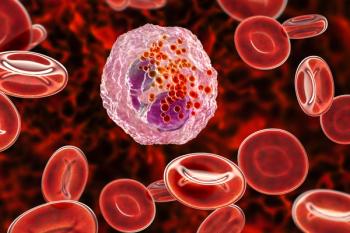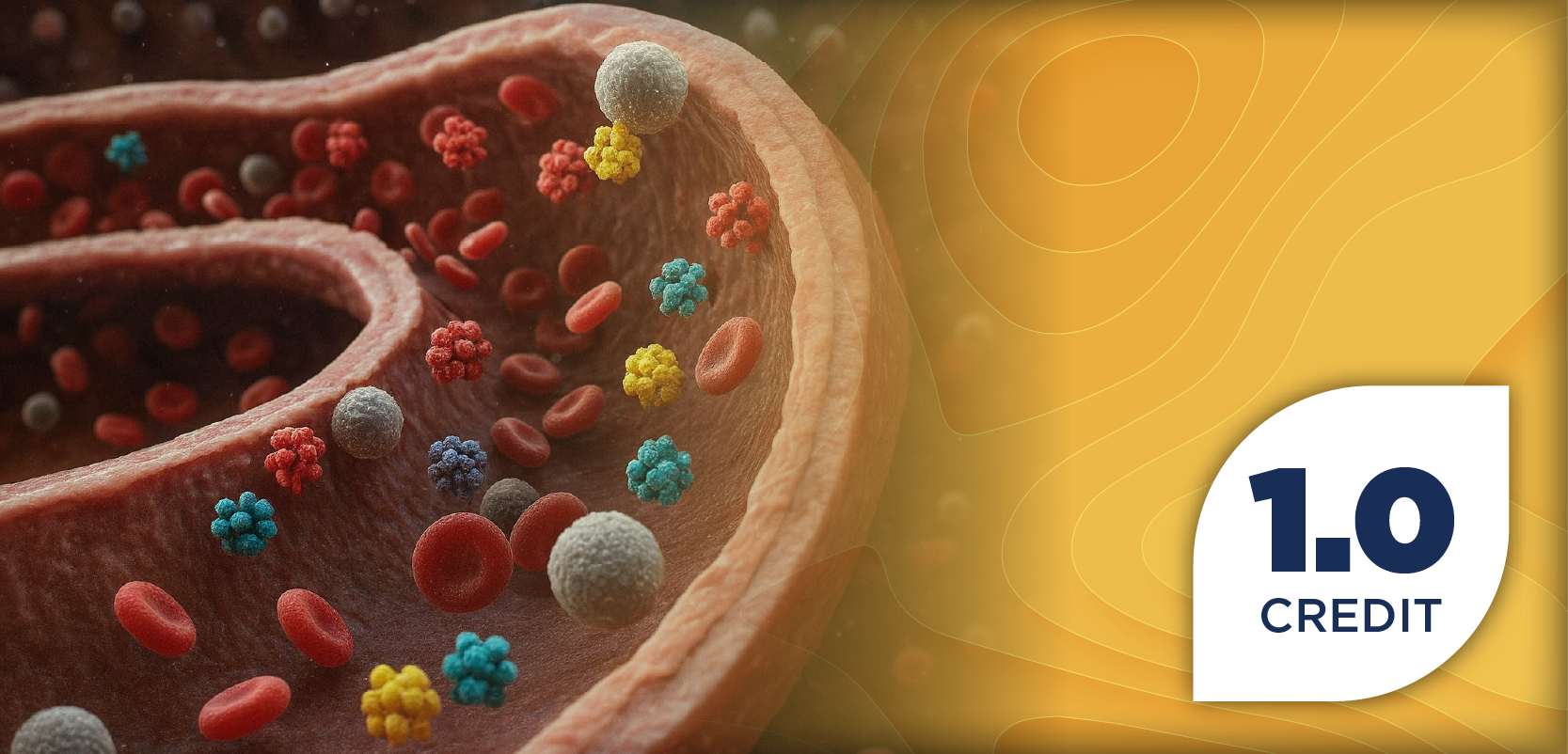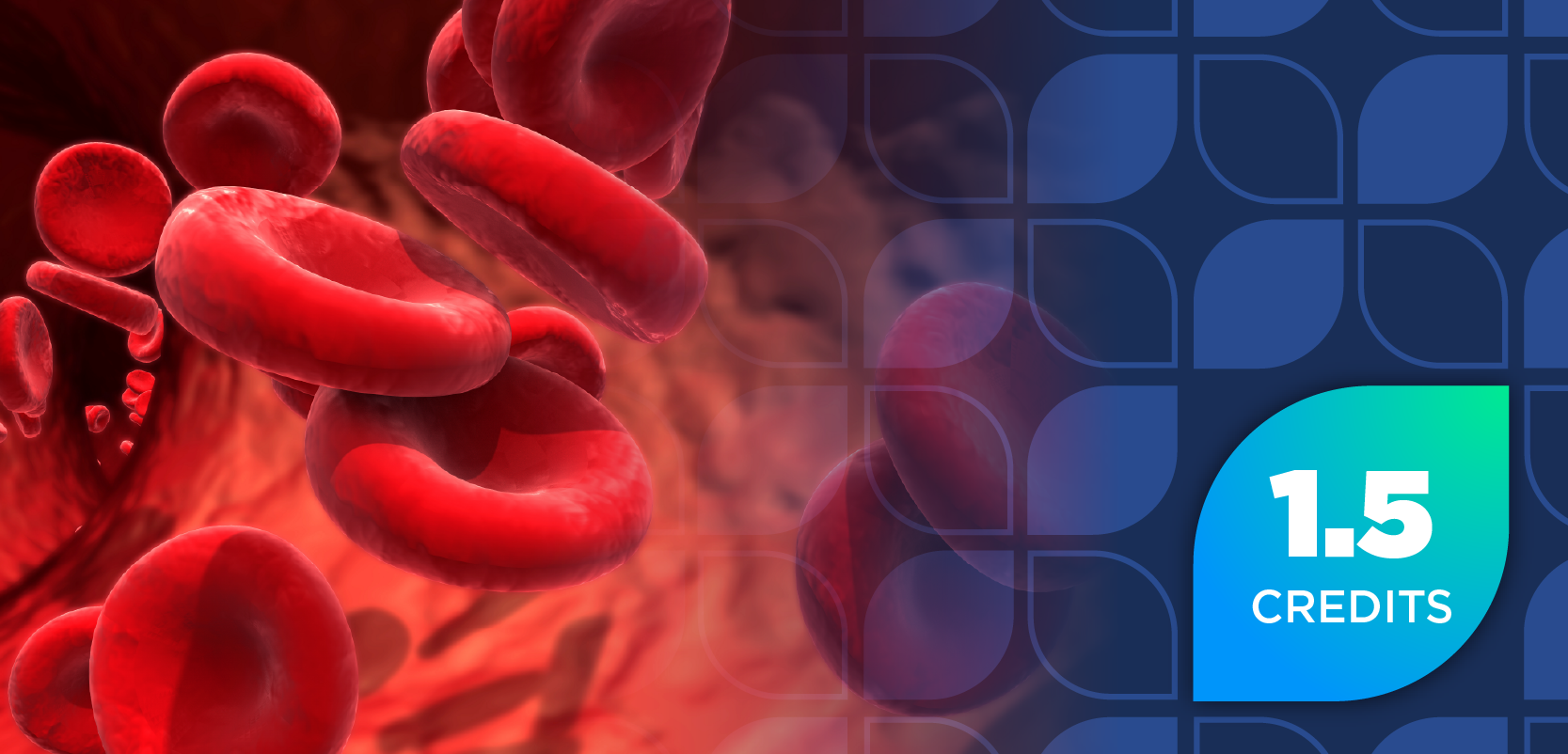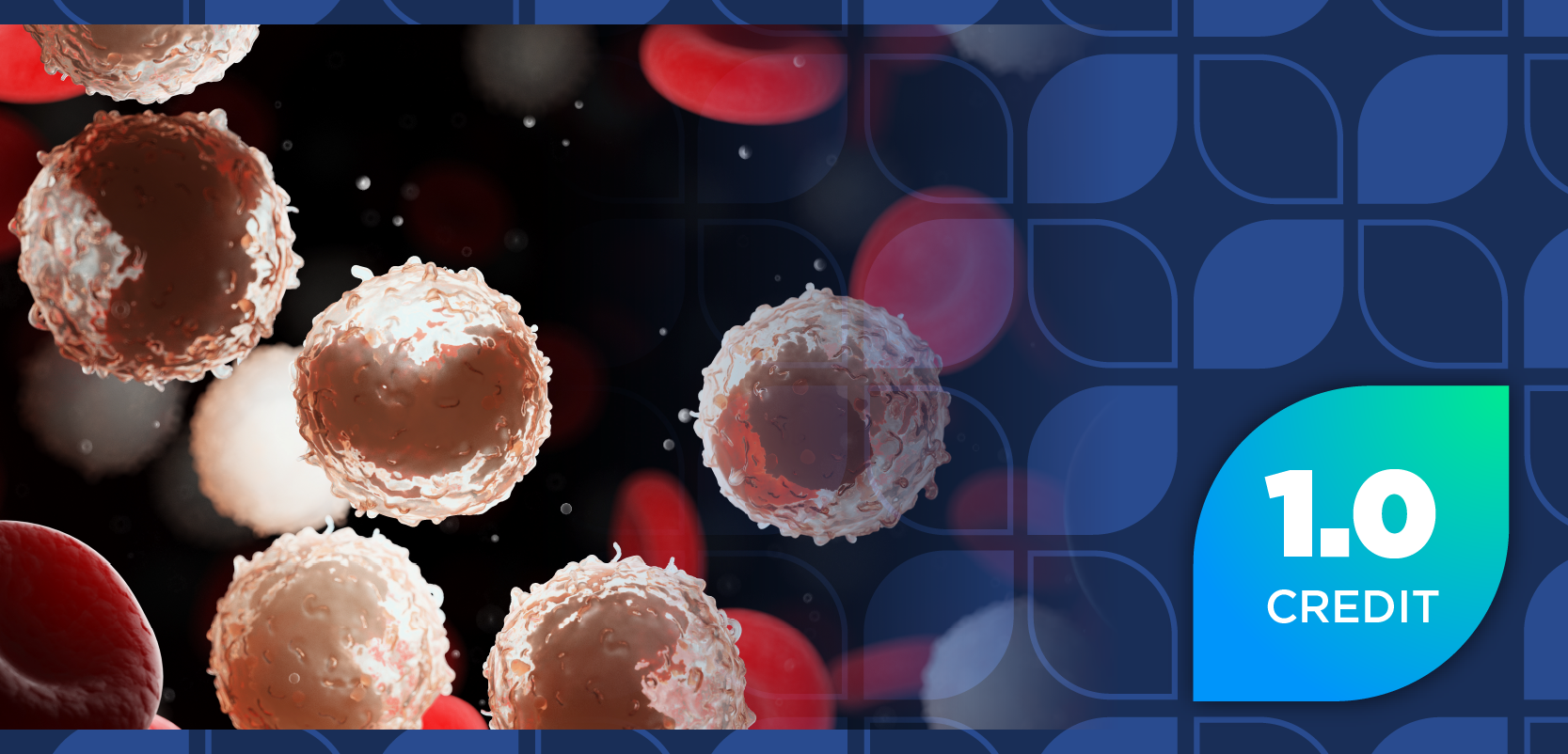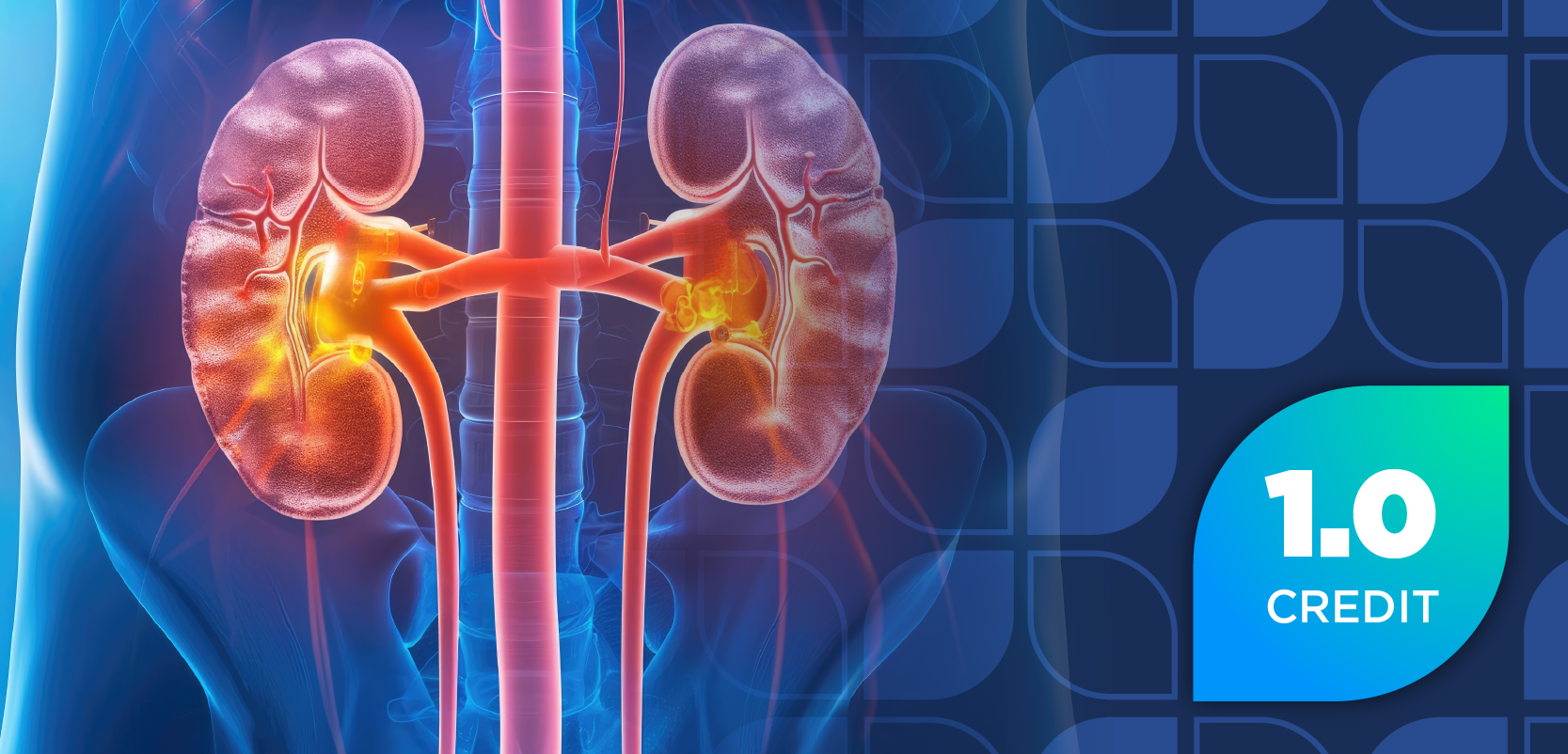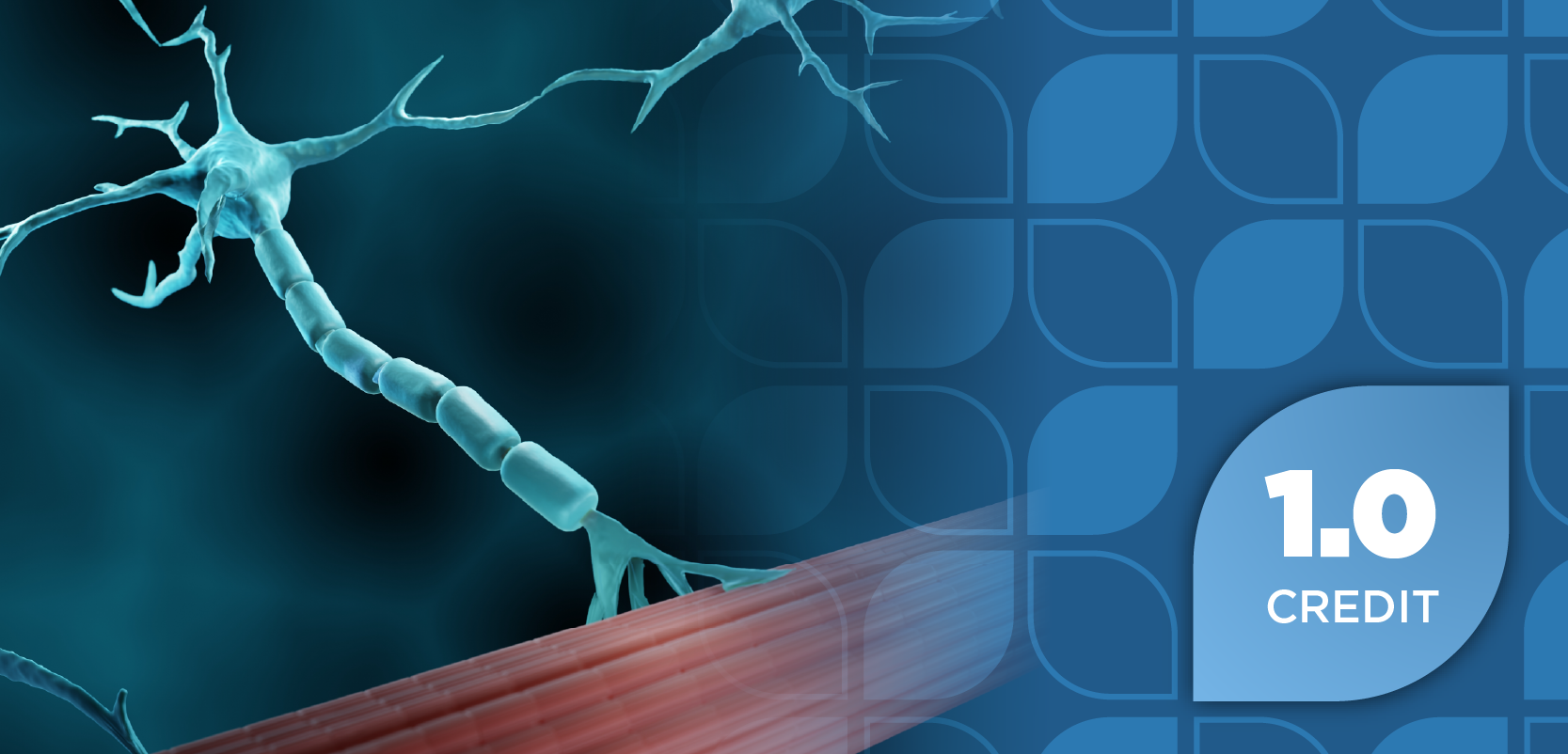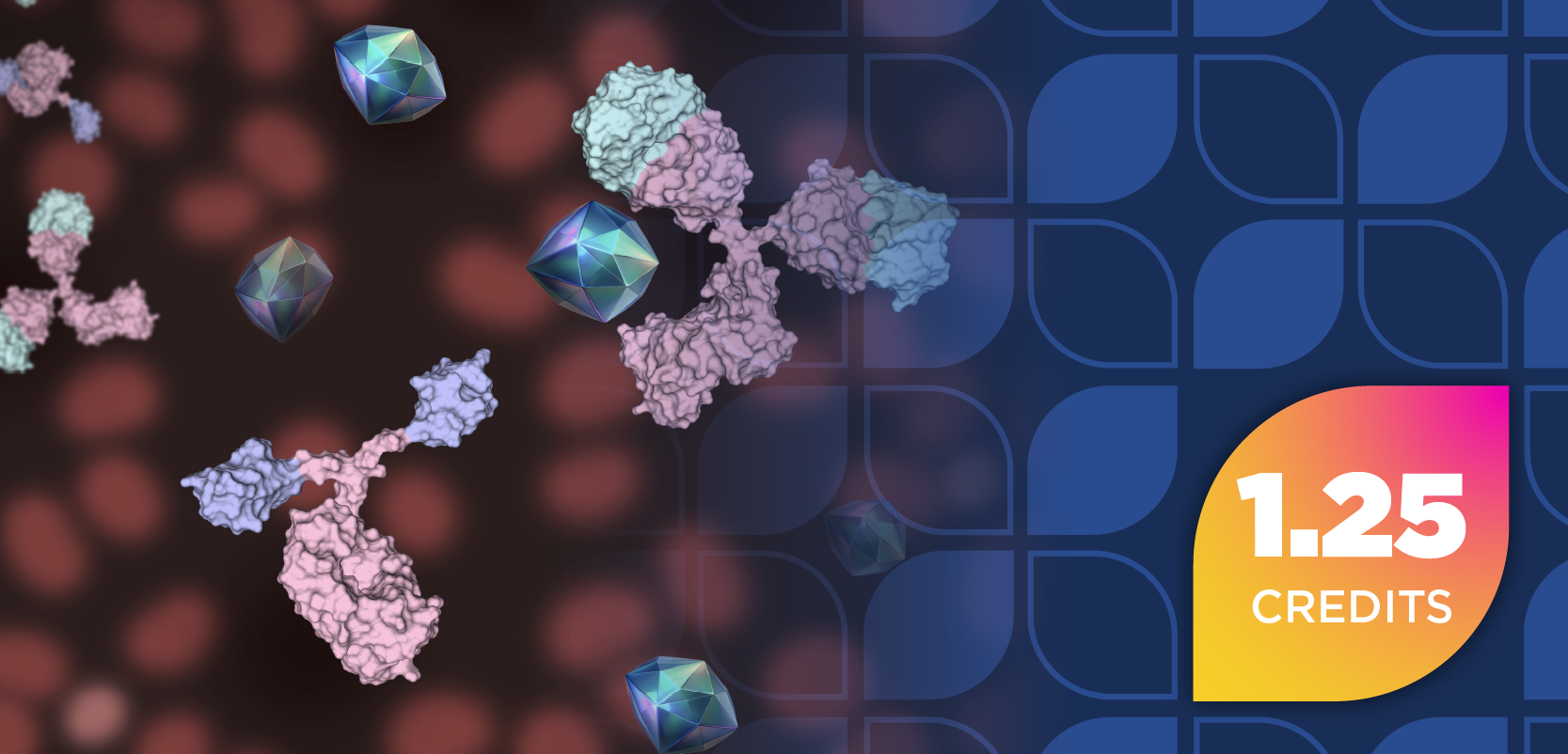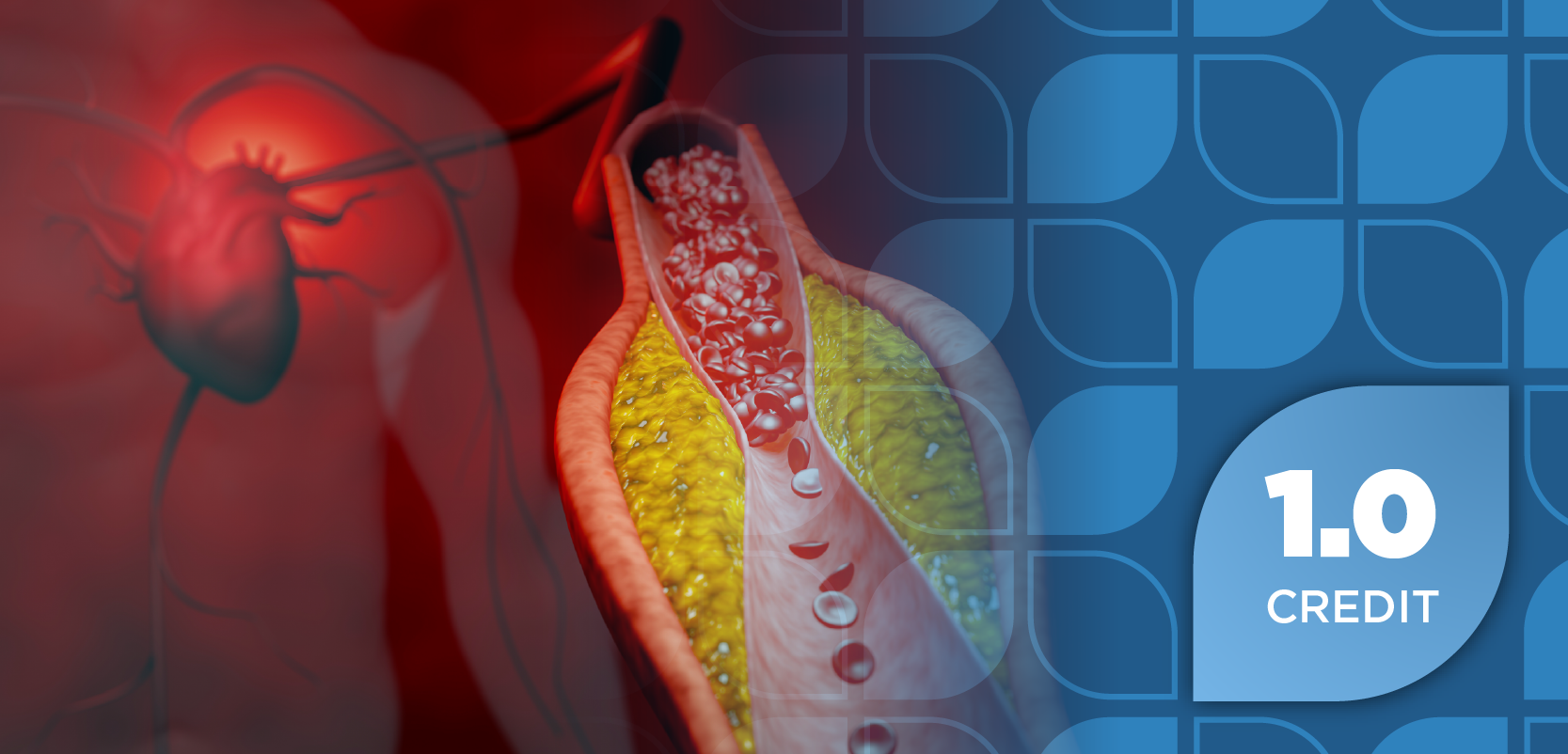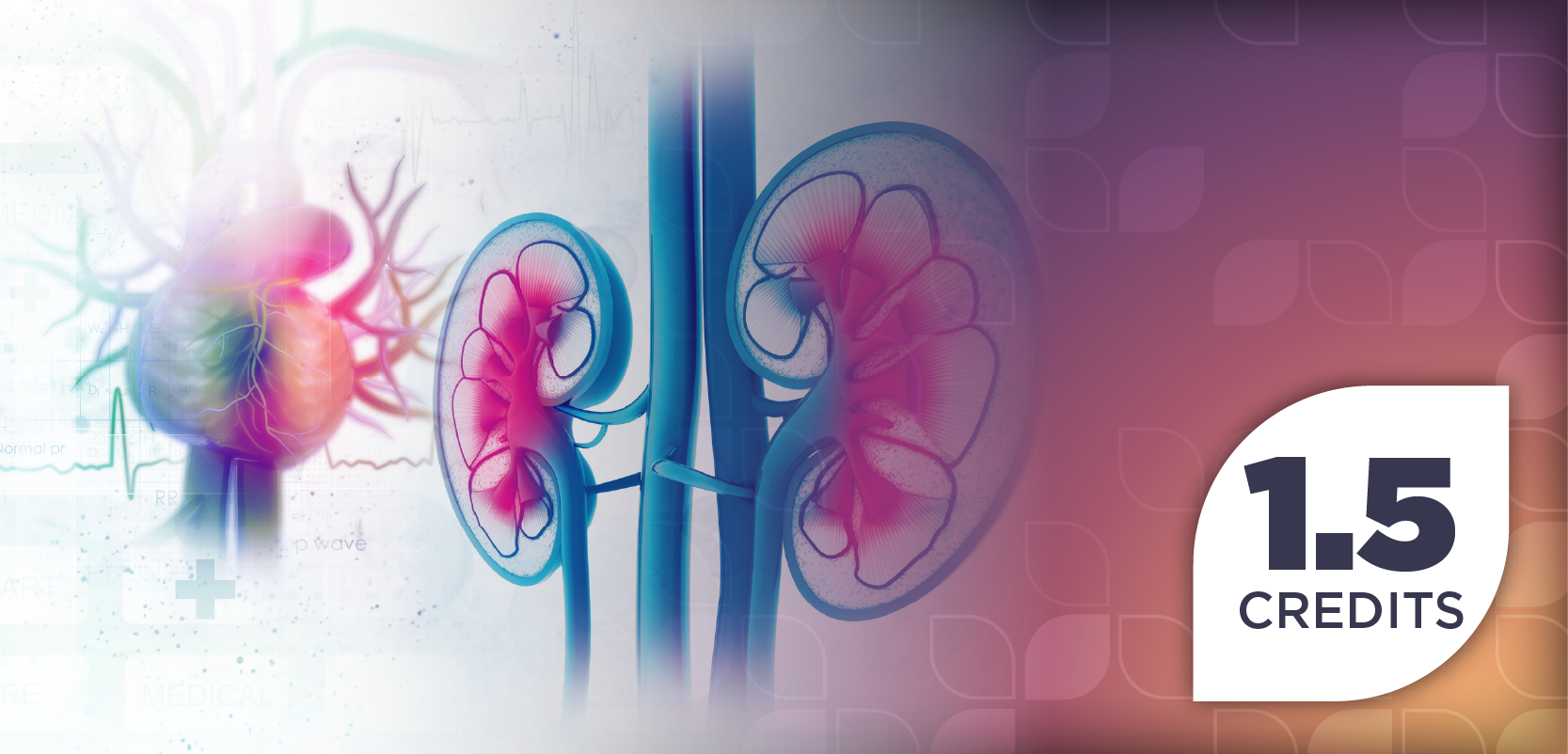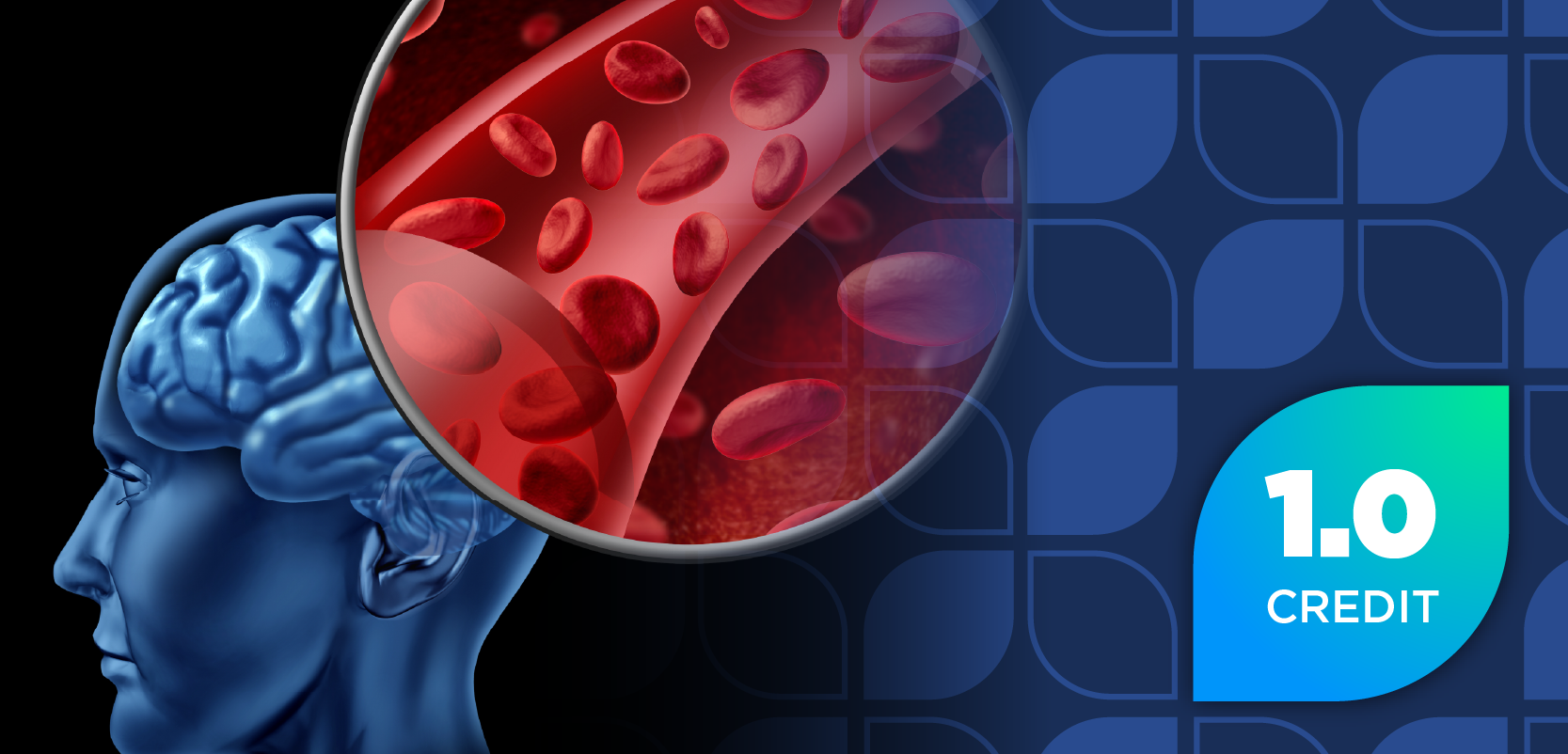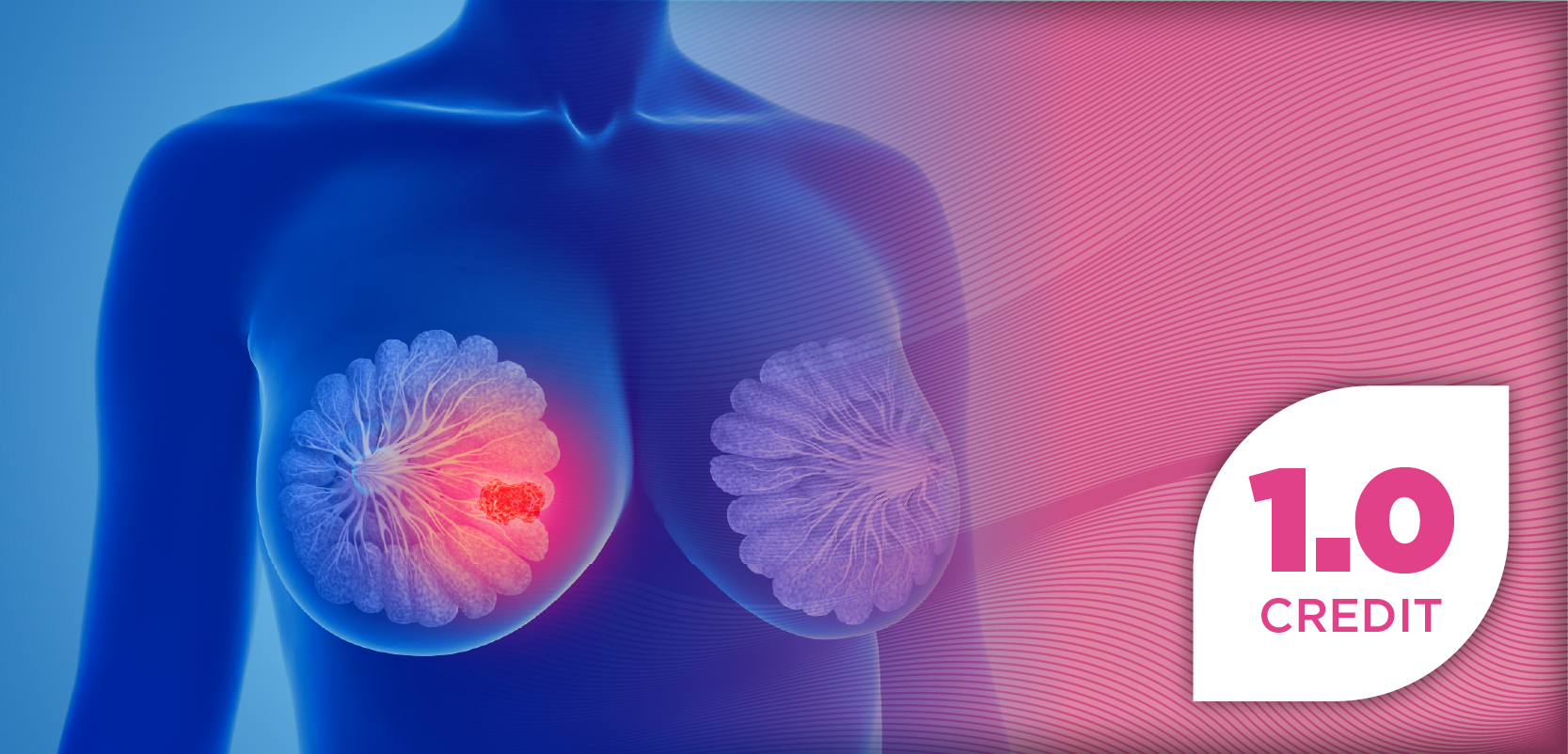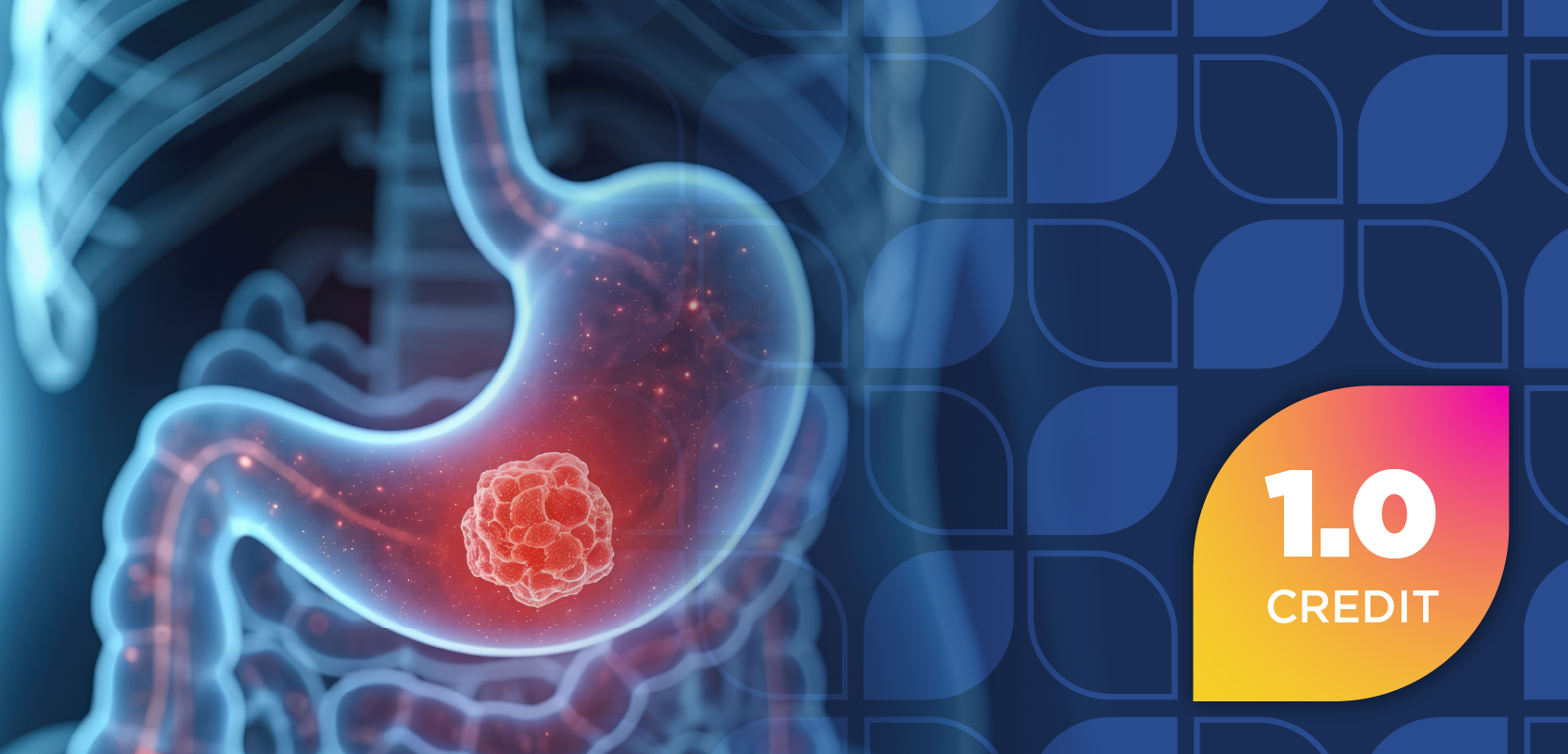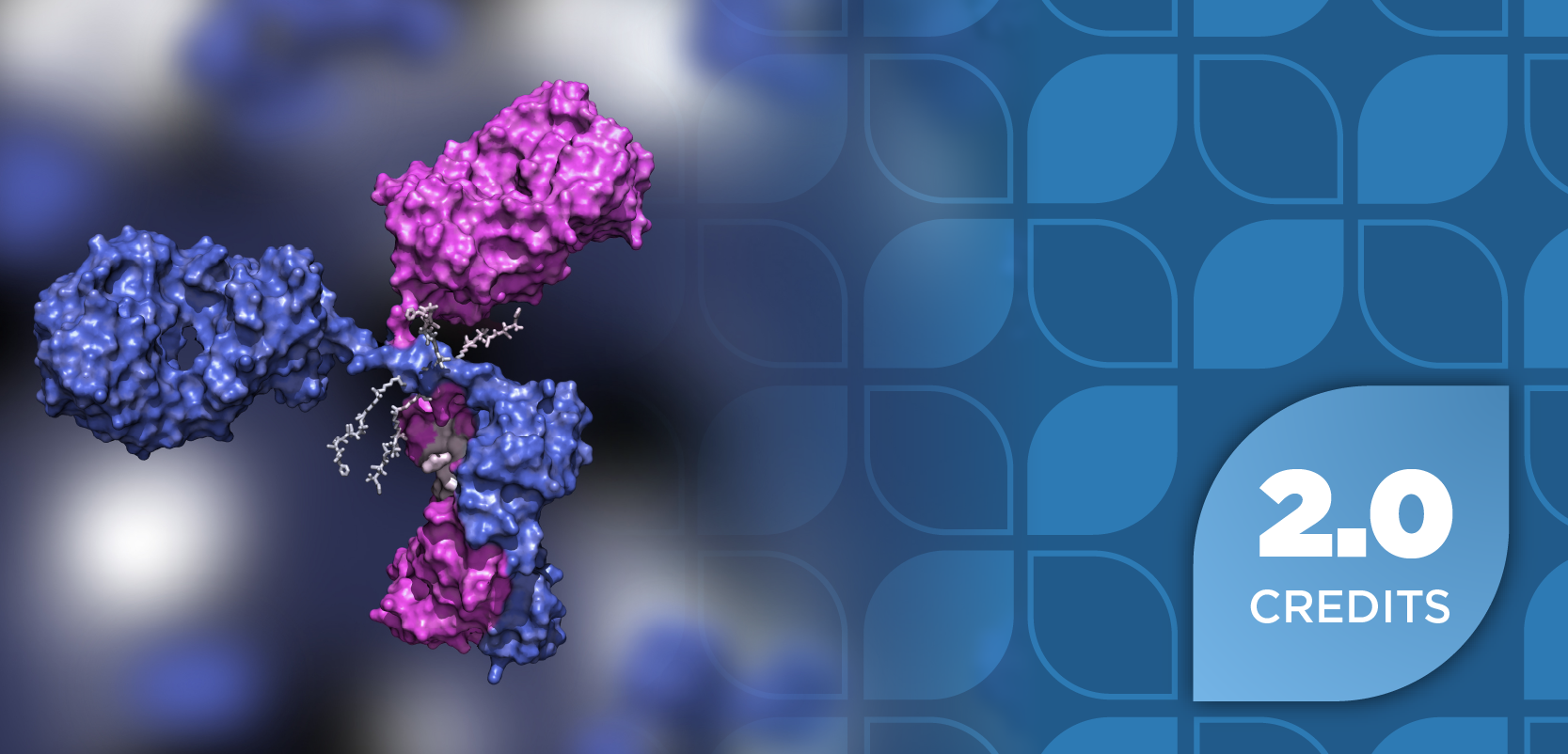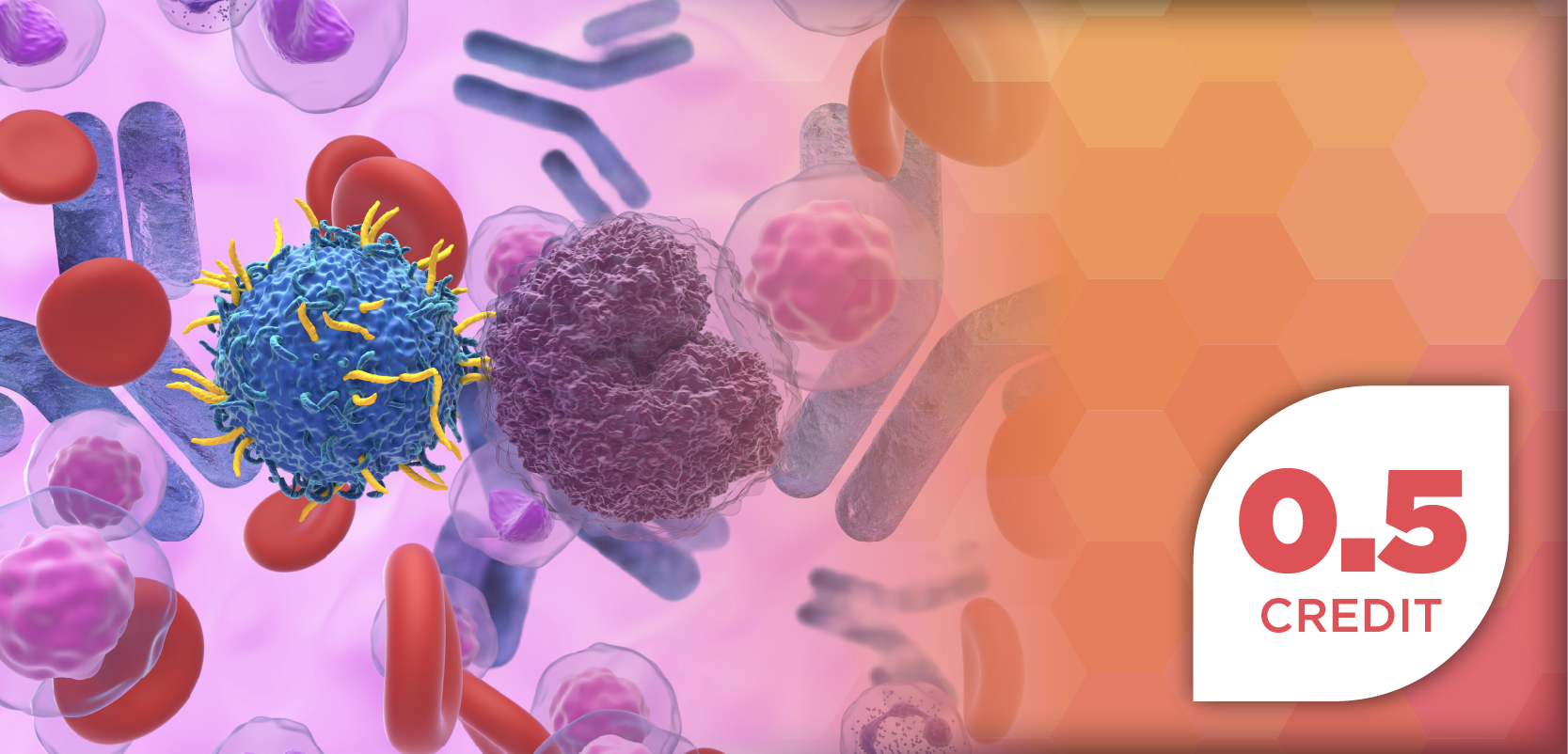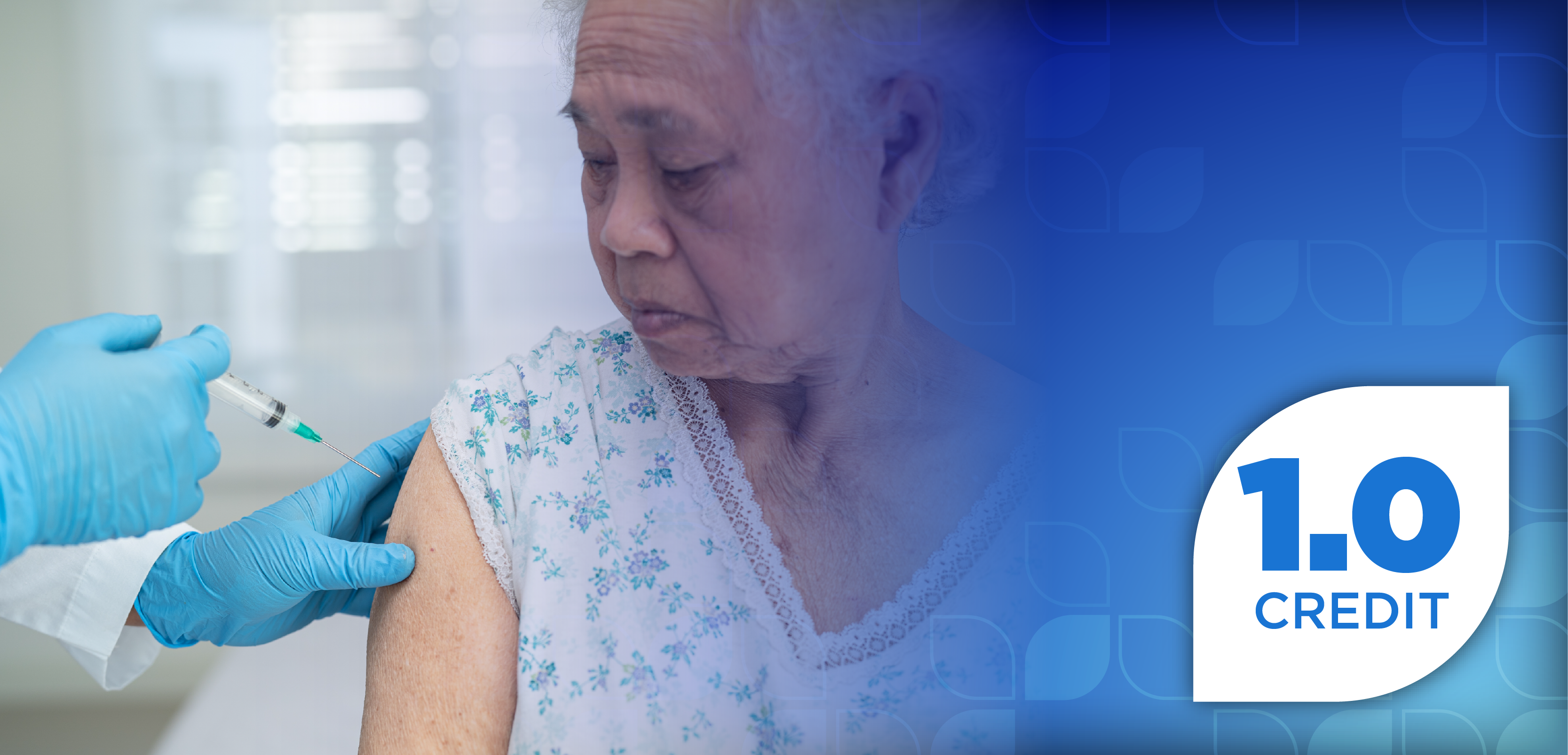
Research Identifies a Potential Alternative to Mifepristone for Medication Abortion
Key Takeaways
- Ulipristal acetate with misoprostol shows high efficacy and safety for early medication abortion, with no serious adverse events reported.
- Pharmacists play a crucial role in medication abortion access, requiring up-to-date knowledge due to legal and regulatory complexities.
Ulipristal is a progesterone receptor modulator that prevents pregnancy by blocking the release of an egg from the ovary and inhibiting implantation in the uterus.
Early medicated abortions are currently limited to mifepristone and misoprostol, though the status of use, dispensing, and legalities of mifepristone have been recently called into question. In a new proof-of-concept study published in the New England Journal of Medicine, investigators have found that ulipristal acetate followed by misoprostol is an effective and acceptable medication abortion regimen that had no reports of serious adverse events (AEs).1
“One of the main reasons why all pharmacists should be involved and knowledgeable about what's going on is the fact that you are likely going to either be asked to dispense these products or to counsel on these products, either before or after these decisions are made,” Christina Madison, PharmD, FCCP, AAHIVP, the Public Health Pharmacist, said in an interview. “I just think it's really important for all of us to stay up to date and to be in the know, because you are the most accessible health care professional, and the likelihood that you will be asked these types of questions from a birthing person is pretty high.”2
Background on Mifepristone
In the 1980s, mifepristone (RU-486, Mifeprex; Danco Laboratories) was developed in France as part of a regimen with misoprostol for medication abortion care, achieving approval in the country in 1988. However, the FDA banned the importation of mifepristone in 1989 after outcry from anti-abortion activists.3
Mifepristone is a drug that interferes with the uterine implantation of fertilized eggs, which has proven efficacy and safety as an alternative to other methods of early abortion. Between May 1988 and September 1989, physicians administered mifepristone to patients who were aged 11 to 48 years old in France to evaluate the safety and efficacy of the regimen. Mifepristone was followed by either gemoprost vaginal pessary or sulprostone.4
In a study of 15,709 patients across 300 centers, investigators reported an overall success rate of 95.3%. Women who received the prostaglandin analogue within the recommended time period had higher success than those who received it either too early or later, at 95.8%, 92.8%, and 93.9%, respectively. For women who did not receive the analogue, the success rate was 88.6%.4
The median duration of bleeding was 8 days, with 89.7% of women experiencing bleeding 12 or fewer days. Approximately 0.8% of cases had significant bleeding that required vacuum aspiration or a dilation and curettage, according to study data from France in 1992. Blood transfusion was required in 11 patients and serious cardiovascular AEs were reported in 4 cases, including acute myocardial infraction in 1 patient and hypotension in 3 others. The investigators concluded that the use of mifepristone proved to be effective and safe as an alternative to surgical interventions for early pregnancy.The most common AE was uterine cramps.4
Ulipristal for Medicated Abortions
In a proof-of-concept study, investigators conducted a 2-stage clinical study evaluating the efficacy and acceptability of ulipristal–misoprostol abortion for patients with pregnancies through 63 days of gestation. In the preparatory dose–finding part, investigators used a randomized, open-label preparatory study for 2 ulipristal doses (60 mg and 90 mg) followed 24 hours later by 800 μg of buccal misoprostol.1
There were 66 patients enrolled in a preparatory study, with 33 in each dosage group. There were no serious AEs observed in either group nor were there any apparent differences in AEs. Acceptability with the overall process was high, with 90.9% of those in the 60 mg group being satisfied or very satisfied and 100% of those in the 90 mg group reporting the same. Efficacy was 97% and 100%, respectively. An independent advisory group recommended the lower dose in the open-label efficacy study.1
Women included in the study were 18 years or older or emancipated, were residents of Mexico City, and had intrauterine pregnancies less than 64 days of gestational age confirmed by ultrasound. Ulipristal was administered at the clinic and participants were monitored for AEs up to 1 hour after administration. They were discharged and received 4 pills of misoprostol 200 μg for administration at home. Patients scheduled a follow-up assessment 7 to 10 days after the misoprostol dosage. AEs were reported by the patient either at the follow up visit or other unscheduled visits post-treatment. The primary outcome included efficacy and safety of the proposed regimen.1
There were 100 patients enrolled between July and September 2023, supplementing the 33 individuals included from the dose-finding study. The median follow-up visit occurred at 14 days after ulipristal administration. Pregnancy termination was reported for 129 of the participants at the follow-up visit (97.0%; 95% CI, 94.1 to 99.9%). One patient was hospitalized 3 days after the initial visit with heavy bleeding and underwent management of an incomplete abortion, and 1 underwent a manual vacuum aspiration (MVA) at the follow-up visit. Further, 2 patients had ongoing pregnancies, and both underwent medicated abortions of misoprostol only, with 1 patient having a complete abortion and the other undergoing MVA 8 days later.1
Additionally, there were 3 other reported AEs, including 1 patient nearly passing out from pain after misoprostol, 1 having a mild maculopapular rash after misoprostol administration, and another reporting a urinary tract infection. There were no deaths reported or serious AEs. The most common AEs were chills, diarrhea, nausea, fever, and vomiting.1
For the self-reported outcomes, 130 patients rated the treatment satisfactory or very satisfactory, and pain was rated as acceptable or very acceptable by 113 patients. There were 121 patients who said they would recommend the regimen and 120 said they would choose the medication for a future abortion, if needed.1
Legalities of Medicated Abortion
On July 1, 1992, the US District Court in New York filed Benten v. Kessler, with a decision made July 17, 1992. In the case, Leona Benten urged the court to allow her to use mifepristone to induce a nonsurgical abortion, which she had illegally imported into the United States. Ultimately, Benten lost the case. However, after the case, then-President Bill Clinton ordered the Department of Health and Human Services to investigate the use of mifepristone for medication abortions. The FDA recommended the drug for approval, but due to legal and manufacturing issues, the medication was not approved until September 28, 2000.Initially, the drug was approved for 7 weeks of gestation, increased to 10 weeks in 2016.3,5,6
Nearly 22 years later, in June 2022, the Supreme Court ruled in Dobbs v. Jackson Women’s Health that the Constitution of the United States did not guarantee a right to an abortion, overturning precedents set in Roe v. Wade and Casey v. Planned Parenthood.6
“Dobbs v. Jackson brought the decision to the states, and so with that, certain states [chose] to ban abortion or some of the trigger laws…that were passed after Roe v. Wade. It's made it so that certain medications can't be dispensed for certain conditions,” Sarah Lynch, PharmD, BCACP, clinical associate professor of pharmacy practice and director of skills education at Binghamton University School of Pharmacy, said in
“Where it gets tricky is that those medications can also be used for other conditions, as well. So, for example, misoprostol we see being used for gastric ulcers, as well as for certain gynecologic procedures like intrauterine device insertion, and it gets tricky for pharmacists to determine [if] this [is] an appropriate use based on how our state law is written right now, and there are concerns about what level pharmacists need to be policing the use of these medications,” Lynch continued.7
In January 2023, CVS and Walgreens announced a plan to distribute abortion pills via mail, and the legality of this plan was confirmed in February that same year. The companies sought FDA certification to use the mail to distribute mifepristone, and the FDA approved the distribution under a new regulatory change and Risk Evaluation and Mitigation Strategies program. In 2024, the pharmacies began dispensing the drug, with initial states including New York, Pennsylvania, Massachusetts, California, and Illinois.8,9 In June 2024, the Supreme Court rejected a lawsuit that challenged the FDA’s regulation of mifepristone, stating that the pills can continue to be mailed to patients without an in-person visit to a physician.10
"This issue is not going away and there will be other plaintiffs or other actions brought to the Court in the future. There are other cases on the dockets all over the country that at any time could affect this issue in one way or another," Ron Lanton III, Esq, a regulatory attorney and partner at Lanton Law PLLC, said in
The Pharmacist’s Role
In a
Pharmacists are directly impacted by challenges and limits to medication abortions due to their involvement as medication experts. Pharmacists are essential members of the care team thanks to their accessibility and availability, especially for patients who are seeking an abortion or information about the procedure due.12
Even for patients who live in states with more supportive policies around abortion, patients can face barriers such as insurance coverage or authorization, inadequate screening—which can result in multiple physician appointments—and timely referral to appropriate clinics. For those without abortion access, patients can also face time off of work, traveling longer distances, and paying travel costs associated with abortion care. Pharmacists can help with education and care for patients but should check with their state boards of pharmacy, and local, state, or national organizations to clarify their responsibilities and options around abortion care for patients.12
“I think the effect is going to be that in some states, pharmacists won't be able to use medications that have been approved by the FDA for certain indications because their states will have criminal sanctions for it,” William J. Stilling, MS, JD, a partner at Stilling & Harrison, PLLC, said in
REFERENCES
1. Winikoff B, Bousiéguez M, Salmerón J, et al. A proof-of-concept study of ulipristal acetate for early medication abortion. NEJM Evid. 2025;4(2):EVIDoa2400209. doi:10.1056/EVIDoa2400209
2. Pharmacy Focus: Conversations On Reproductive Health – Episode 2. Pharmacy Times. November 29, 2023. Accessed February 5, 2025. https://www.pharmacytimes.com/view/pharmacy-focus-conversations-on-reproductive-health---episode-2
3. The History of Mifepristone. Reproductive Health Access Project. Updated March 27, 2024. Accessed February 5, 2025. https://www.reproductiveaccess.org/2023/04/history-of-mifepristone/
4. Ulmann A, Silvestre L, Chemama L, et al. Medical termination of early pregnancy with mifepristone (RU 486) followed by a prostaglandin analogue. Study in 16,369 women. Acta Obstet Gynecol Scand. 1992;71(4):278-283. doi:10.3109/00016349209021052
5. Benton v. Kessler, 505 US 1084 (1992).
6. Halpern L. Mifepristone has its day in court. Pharmacy Times. June 28, 2023. Accessed February 5, 2025. https://www.pharmacytimes.com/view/mifepristone-has-its-day-in-court
7. Hunter E. Expert said Dobbs v. Jackson “Challenged the Oath We Say as Pharmacists”. Pharmacy Times. March 28, 2023. Accessed February 5, 2025. https://www.pharmacytimes.com/view/expert-said-dobbs-v-jackson-challenged-the-oath-we-say-as-pharmacists-
8. Antrim A. Attorneys General Tell CVS, Walgreens Mail-Order Distribution of Abortion Pills Is Illegal. Pharmacy Times. February 2, 2023. Accessed February 5, 2025. https://www.pharmacytimes.com/view/attorneys-general-tell-cvs-walgreens-mail-order-distribution-of-abortion-pills-is-illegal
9. Gallagher A. Walgreens and CVS Will Start Dispensing Mifepristone Within the Month. Pharmacy Times. March 1, 2024. Accessed February 5, 2025. https://www.pharmacytimes.com/view/walgreens-and-cvs-will-start-dispensing-mifepristone-within-the-month
10. Antrim A. Supreme Court Rejects Challenge to Limit Mifepristone Access for Abortion. Pharmacy Times. June 13, 2024. Accessed February 5, 2025. https://www.pharmacytimes.com/view/supreme-court-rejects-challenge-to-limit-mifepristone-access-for-abortion
11. Ferruggia K. Pharmacists Can Provide Support Around Anxieties for Reproductive Access. Pharmacy Times. August 16, 2024. Accessed February 5, 2025. https://www.pharmacytimes.com/view/pharmacists-can-provide-support-around-anxieties-for-reproductive-access
12. Kenny K. Pharmacists Grapple With Questions, Confusion Around Abortion Access. Pharmacy Times. November 9, 2023. Accessed February 5, 2025. https://www.pharmacytimes.com/view/pharmacists-grapple-with-questions-confusion-around-abortion-access
13. Hunter E. State Abortion Regulations Create a Conundrum for Practicing Pharmacists. Pharmacy Times. March 30, 2023. Accessed February 5, 2025. https://www.pharmacytimes.com/view/state-abortion-regulations-create-a-conundrum-for-practicing-pharmacists
Newsletter
Stay informed on drug updates, treatment guidelines, and pharmacy practice trends—subscribe to Pharmacy Times for weekly clinical insights.


